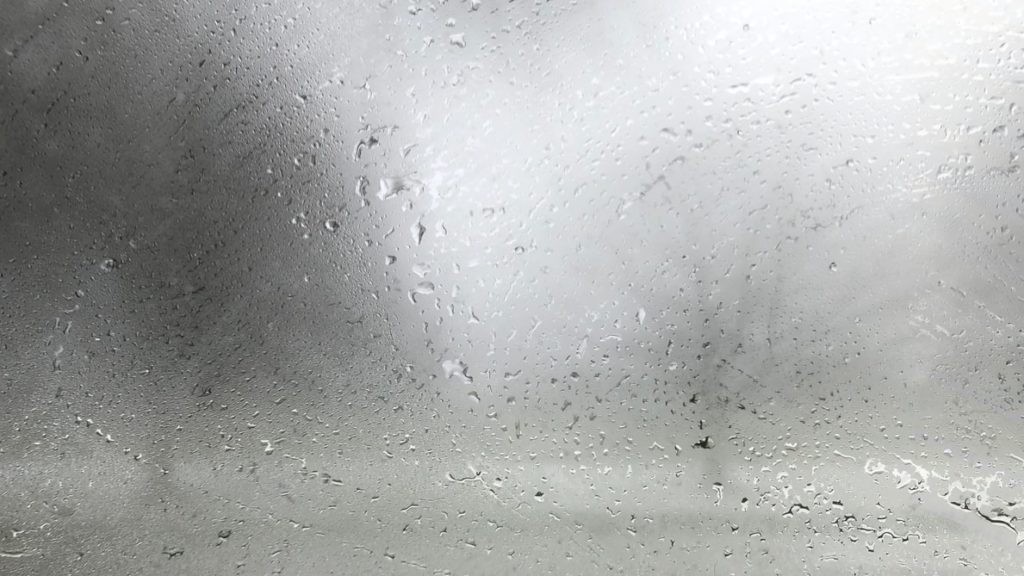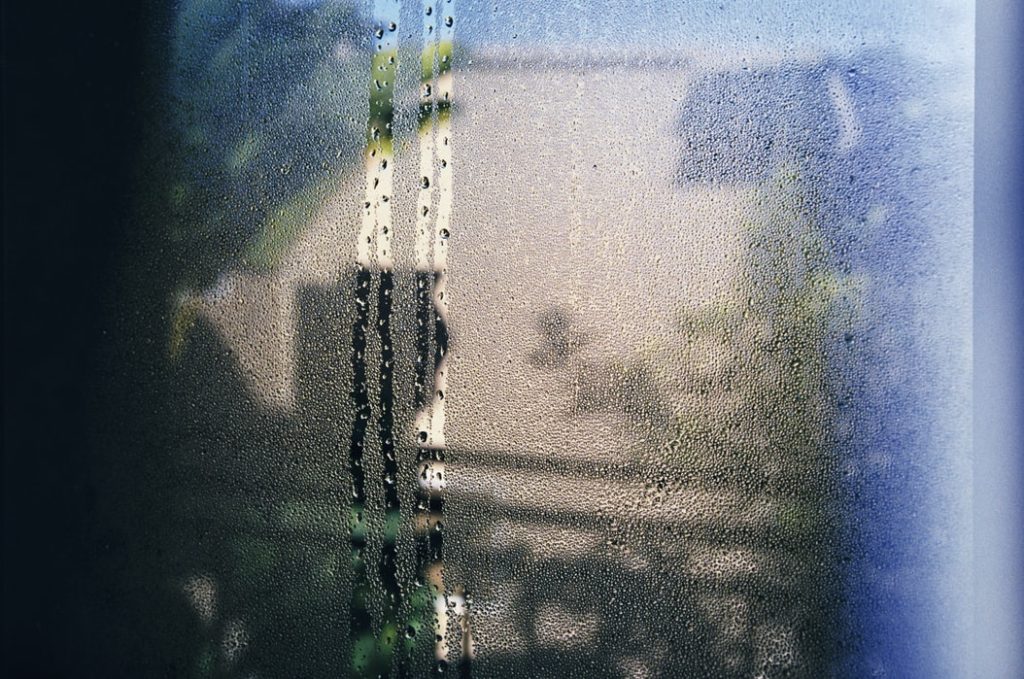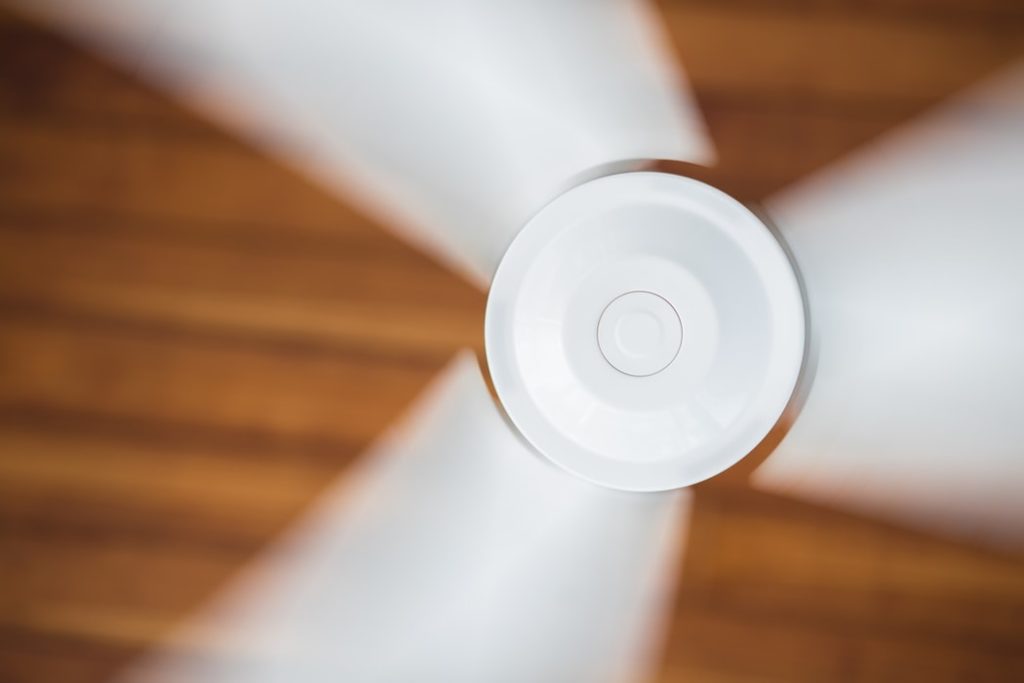The Importance of Siding: Exploring the Best Home Improvement Choice Discover why siding is a crucial aspect of your home’s well-being and explore the top choice for enhancing your residence….


Condensation is common among windows. While it’s fun to draw little images using the moisture, eventually homeowners want to see out of their windows again. Condensation is a natural process which can be prevented and controlled once you know the facts about window condensation.
The following links will allow you to skip to specific sections to ensure you find what you’re looking for:

Many homeowners blame their windows for their foggy appearance, but condensation actually appears due to excess humidity. When the air is humid, it lands on glass and condenses into the foggy moisture we all know and tolerate.
The humidity appears on the windows because of their low surface temperature, creating a noticeable reaction. Luckily, we at AWS have brainstormed ways to reduce the humidity (and therefore condensation) of your home through various mechanical and manual methods.

Before we get into prevention, it’s important to see the bright side of window condensation. Outside condensation means your windows are working.
Many homeowners notice increased condensation after installing new windows in their home. While this may seem like a drag, it’s an important feature of new and improved windows.
Old Windows have cracks and holes which allow the outside air to sneak into the house and cause discomfort. New windows can keep this air out, at the price of cloudy windows. Outside condensation is common, but not long lasting. It should disappear quickly once the humidity or storm is over. The real problem for homeowners is inner condensation which can ruin the atmosphere of a home.

If your windows are cloudy on the inside of your home you have a problem. As you know by now, condensation comes from humidity. If your home is humid enough to cause condensation, it’s time to find a solution using the known facts about window condensation.
Increased ventilation is one way to reduce humidity in your home. This will allow you to get rid of moisture and maintain a lovely view of the outdoors from inside your home. Simply open a window and let the cool air rush into your home and relieve you of your clouded windows. Keep in mind, this only works if the outside air is cooler than your inside air. If this isn’t the case, it’s time to move on to other methods.

A dehumidifier would, as the name suggests, make humidity a thing of the past. This device takes the moisture out of the air in order to ensure a tolerable climate for your home. Simply turn the machine on and set the level you want for you home to defeat condensation.
For those who don’t want to go through the hassle of buying or configuring a humidifier, try using a fan to circulate the air around your house. Once the air starts to move, the moisture will dissipate.
Storm Windows are another solution to constant condensation. These windows reduce condensation by keeping the interior window glass warmer. When the inside glass is warm, the hot air will not settle on the panes. These windows keep the air out.
Read our blog on Low-E Glass to learn more about the energy efficiency of storm windows. You can also check out our windows to see if they meet your condensation needs.

If these methods don’t work, it’s time to remove the sources of moisture from your home.

If you frequently experience window condensation you might have a moisture problem in your home. Here are some ways to check and fix your home moisture. These solutions also work if you don’t want to splurge on a fan or dehumidifier or if don’t want to open your windows and experience the rough temperature of the outdoors.
Producers of moisture, such as dryers and gas burners, should be vented or place outside. Obviously, this step may be a little impractical when it comes to moving a dryer outside, so just try to keep these devices near open windows. Any change is a good change when it comes to humidity.
As stated earlier, condensation appears when there is moisture in the air. This makes condensation a frequent visitor after rainstorms. It’s common for basements to leak or even flood after these storms, so check your basement and see if there’s any water. This water will evaporate and cling to your windows. Try containing the flooding and eliminating the water as fast as possible to secure your clear view.

Most homeowners have indoor plants. Whether it’s the thrill of maintaining a living organism or the nice look of a trendy peace lily, plants provide a soothing, comfortable, and refreshing atmosphere. But these plants could be responsible for your condensation problem.
When watering plants, it’s important to use the appropriate amount of water. We all know the consequences of under-watering a plant, but overwatering plants provides unforeseen consequences. If too much water is applied to a plant, the water will sit in the soil as the plant stops absorbing. This water will soon evaporate and, just like basement water, cling to your windows. You can ruin your home atmosphere with this simple act of overindulgence. Make sure your plants get just the right amount of water to maintain window transparency.

Overall, condensation is a natural, but brief process of nature. While this process is annoying when inside your home it can be fixed through increased ventilation and reduced moisture. Now that you know these fun facts about window condensation, you can return to enjoying the simple pleasure of a room with a view.
Have any other questions about window maintenance? Advanced Window Systems, LLC is happy to help. Contact us at 1-800-CALL-AWS to schedule a free in-home estimate today. Check us out on Facebook and Twitter too!
Written by Alex Buonocore 08/06/20

The Importance of Siding: Exploring the Best Home Improvement Choice Discover why siding is a crucial aspect of your home’s well-being and explore the top choice for enhancing your residence….

Must Haves and Essentials For Your Bathroom Have you ever wanted to spruce up your bathroom or make it easier to do your daily routines? If you answered yes to…

From Lackluster to Luxurious: Transforming Your Bathroom Aesthetics Does your bathroom need a makeover? Fed up with leaks and endless fixes? Ever wish your bathroom could feel a bit more…

Catios, or cat patios, have gained immense popularity among cat owners who want to provide their feline companions with a safe and enriching outdoor experience. When building a catio, selecting…



If you want the best Vinyl Replacement Windows for your home in Connecticut or Western Massachusetts, contact us today at 1-800-CALL-AWS to schedule your free in-home estimate!




